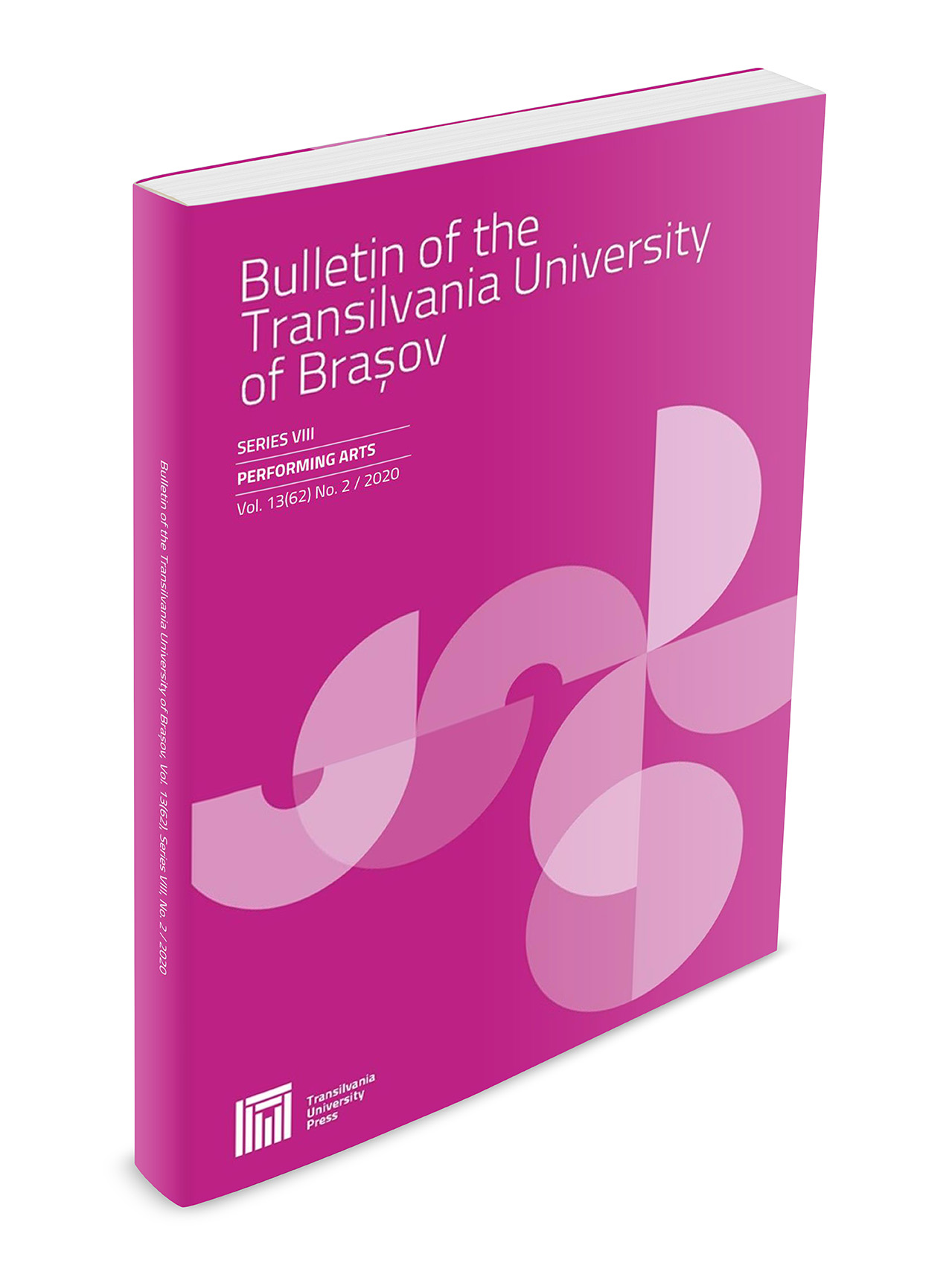A Few possible Resolutions of the Ontological Equation at Xenakis. Epiphanies and Projections in the Polytopes of Persepolis (1970), of Cluny (1972-74), of Mycenae (1978)
DOI:
https://doi.org/10.31926/but.pa.2022.15.64.1.2Keywords:
polytopes, intertextuality, projective geometry, palimpsestAbstract
I. Xenakis thought and created within a cosmos of non-Euclidean geometries, he imagined historical-political interworlds squashed against the wall of time. As an architect he set on to project shapes from the meta-dimensionality into the space of the three dimensions that are immediately accessible – Euclidian – through which the real can be perceived. He translated the vision of this projective experience into his poly-medial performances, each of which has the clothing of an integrated (circuit). When analysing the functional properties of the polytopes of Persepolis, Cluny, Mycenae we are talking about a time-activating matrix that controls a multitude of levels of human knowledge. History, the political, social psychology which is bustling, consuming a plurality of connotative (sub)codes (Radu 1989, 156), are represented by a limitless time, of being another and being myself. Intransigent, critical, leaned on the luring vastness of supertechnological contribution, this time overviews the way in which getting close to the traces of the past puts a break to time, then lets it breathe (like in a palimpsest); and how the codes profile, maintain a cosmogony, a theatre, a complex artistic expression through abstraction and essentialisation. Xenakis sends a programme to the receiving being, in a temporal synthesis, „and the process in itself assumes both birth and perishing as a return of things to the place they started from”(Vlăduțescu 1962, 269) – shows it, through his art, how it can learn the process.Downloads
Published
Issue
Section
License
Copyright (c) 2022 Bulletin of the Transilvania University of Braşov. Series VIII: Performing Arts

This work is licensed under a Creative Commons Attribution 4.0 International License.




